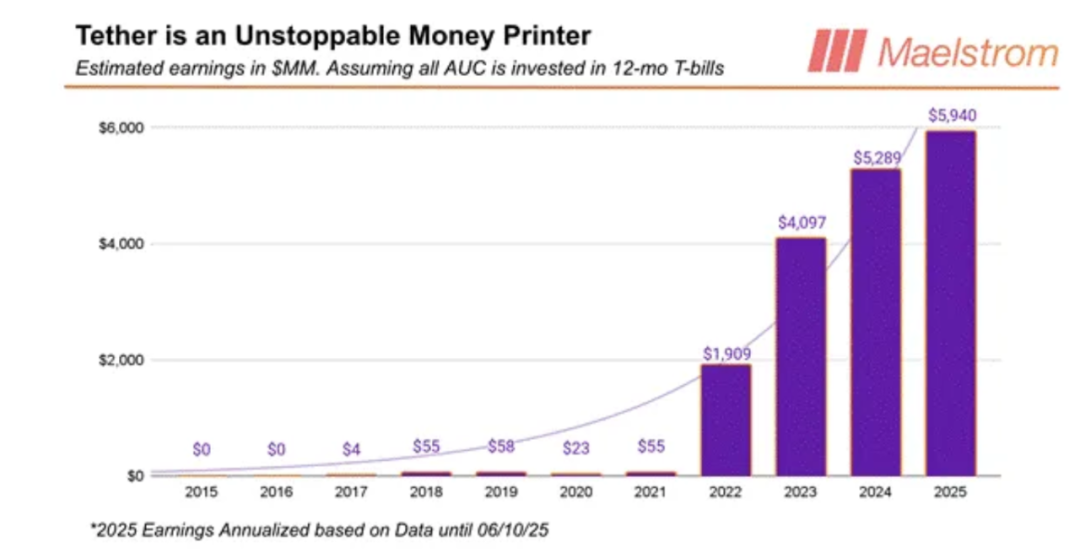➥ Web3 made everything visible.
Now we’re learning the hard way: not everything should be.
Some things need to be private until they matter.
@tenprotocol | $TEN is building Smart Transparency for that vision.
TEN (/)
Let me explain what that means.
Most chains today are public by design.
▸That’s good for accountability.
▸But terrible for strategy.
Here’s what breaks when you expose everything onchain:
• #AI agents can’t act independently - every logic path gets leaked
• DAOs can’t vote securely - whales frontrun outcomes
• Players can’t bluff - meaning games lose strategic depth
• MEV bots exploit every edge
$TEN solves this with something called TEEncrypted Execution.
It runs logic confidentially during execution using TEEs (Trusted Execution Environments).
Inputs are hidden, logic is sealed, and the output is provable.
▸Private when it needs to be.
▸Verifiable when it matters.
This unlocks a new design space as none of this works without secrecy:
• Onchain poker with bluffing
• Fog-of-war strategy games
• Predict-to-earn #AI betting
• MEV-resistant #DeFi
• Agent-on-agent decision systems
Smart contracts don’t have to be fully transparent but to be trustless.
➔ From: “all logic must be public to be secure”
➔ To: “logic can be private and still be verifiable.”
This is why I think of @tenprotocol not as the next L2, but the Final Network.
Because it does scale computation + strategic possibility.
And that’s the missing layer in crypto |🔟/🔟 standard.
twitter.com/Nick_Researcher/st...

When privacy becomes a prerequisite for composability, you know something’s shifted.
This is way beyond just hiding inputs - this is redesigning incentives.
absolutely andrew ':O
From Twitter
Disclaimer: The content above is only the author's opinion which does not represent any position of Followin, and is not intended as, and shall not be understood or construed as, investment advice from Followin.
Like
Add to Favorites
Comments
Share





